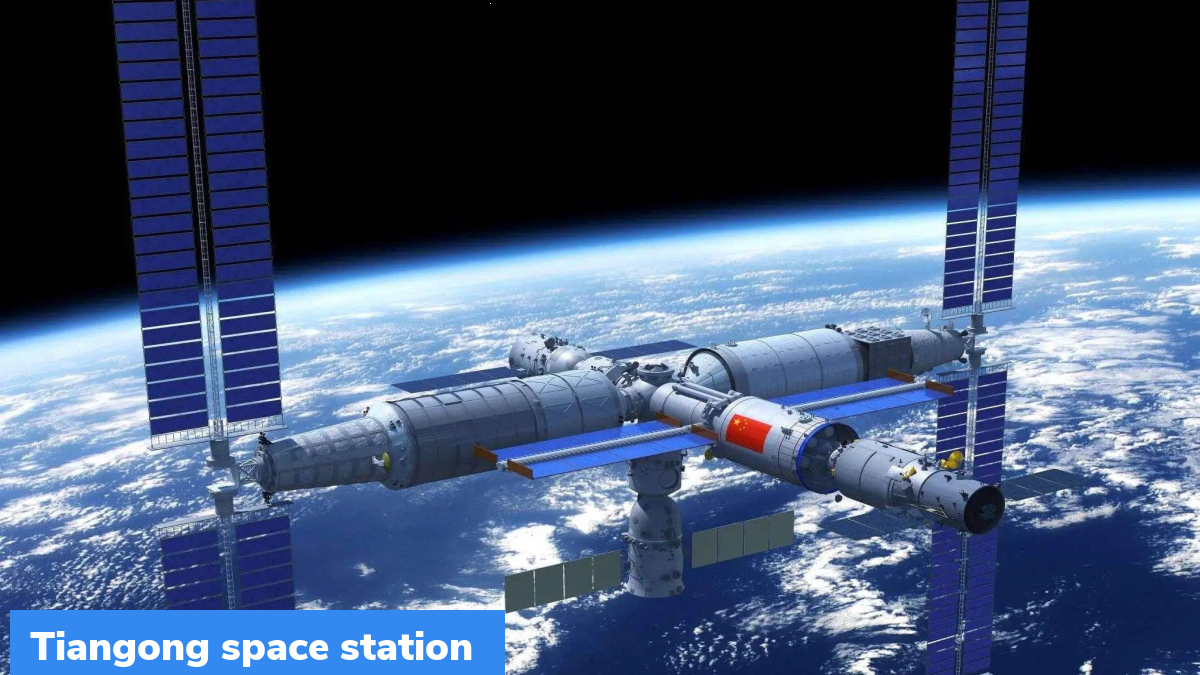Shenzhou-16 Mission
China’s space program continues to make remarkable strides as it successfully launched the Shenzhou-16 mission, sending three astronauts to its fully operational space station.
Shenzhou-16: A Milestone in China’s Space Exploration
Shenzhou-16 spacecraft was launched from the Jiuquan Satellite Launch Centre in China. This important mission marked the fifth manned mission to the Chinese space outpost since 2021, underscoring China’s commitment to advancing its space program.
Crew Composition and Rotation
The Shenzhou-16 spacecraft carried a crew of three astronauts who would replace the previous crew of Shenzhou-15. This crew rotation ensures a continuous presence on the space station and allows for vital maintenance, research, and exploration activities to be conducted.
Tiangong Space Station: A Hub of Scientific Endeavors
The Chinese space station, named Tiangong, comprises three modules and serves as a hub for scientific research and exploration. Completed at the end of last year, this state-of-the-art facility has witnessed a total of 11 crewed and uncrewed missions since April 2021. The main living quarters module marked the launch and initiation of the ambitious space station project.
Expansion Plans for Tiangong
China has ambitious plans to expand its space outpost. There are plans for the upcoming module to connect with the existing T-shaped space station, resulting in the formation of a structure in the shape of a cross. This expansion aims to increase the station’s research capabilities and further enhance China’s presence in space exploration.
The First Civilian Astronaut
Gui Haichao, one of the astronauts on the Shenzhou-16 mission, holds a significant position as the first Chinese civilian astronaut to be part of a spaceflight. Gui, a professor at Beihang University with a postdoctoral background in Canada, will contribute to operating payloads for space experiments during his time aboard the space station.
Advancing China’s Space Program
The Shenzhou-16 mission exemplifies China’s rapid advancements in space technology and its commitment to becoming a global space power. With the completion of Tiangong’s core module in 2021, China solidified its presence in space exploration, aiming to operate and host astronauts for at least a decade.
Collaboration and Future Prospects
China seeks collaboration with international partners to expand the scientific endeavors of its space station. The country has offered partnerships and development opportunities to other nations, showcasing its rising prowess in the global space arena. As the International Space Station’s operations are expected to end in 2030, China’s Tiangong space station could become a significant outpost for scientific research in the future.
Month: Current Affairs - May, 2023
Category: International / World Current Affairs • Science & Technology Current Affairs


